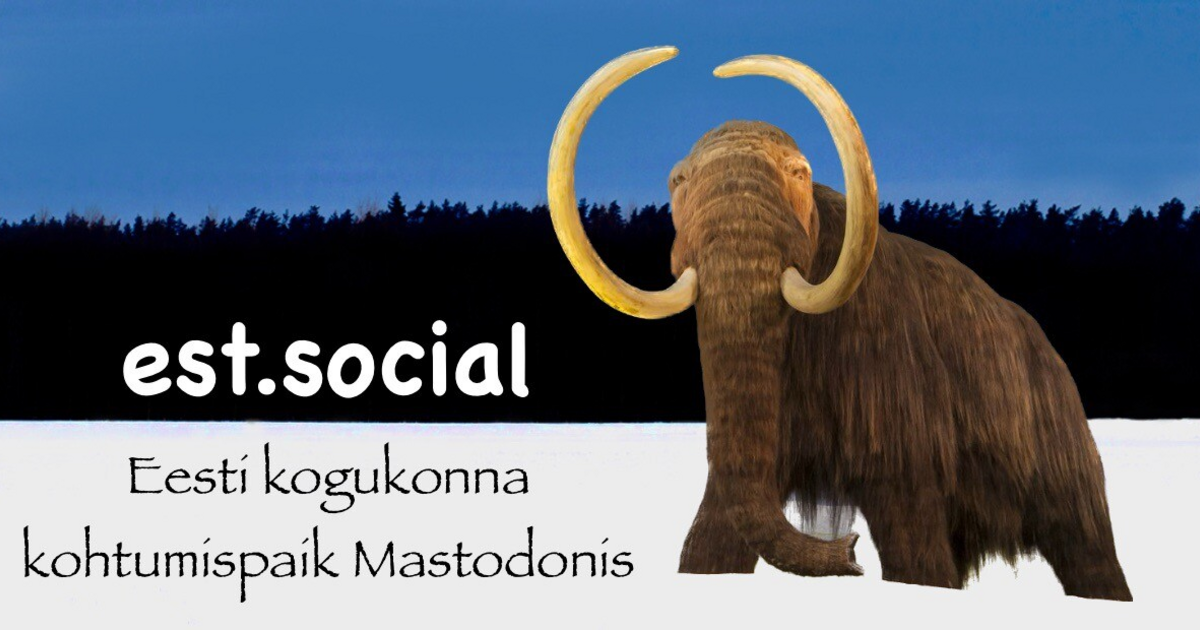Early Modern Diplomacy<p><span class="h-card" translate="no"><a href="https://a.gup.pe/u/historikerinnen" class="u-url mention" rel="nofollow noopener noreferrer" target="_blank">@<span>historikerinnen</span></a></span> <span class="h-card" translate="no"><a href="https://a.gup.pe/u/histodons" class="u-url mention" rel="nofollow noopener noreferrer" target="_blank">@<span>histodons</span></a></span> <span class="h-card" translate="no"><a href="https://a.gup.pe/u/earlymodern" class="u-url mention" rel="nofollow noopener noreferrer" target="_blank">@<span>earlymodern</span></a></span> </p><p>In order to analyse the diplomatic activities of the members of the <a href="https://hcommons.social/tags/emdiplomat" class="mention hashtag" rel="nofollow noopener noreferrer" target="_blank">#<span>emdiplomat</span></a>’s household, research has to shift focus with regard to <a href="https://hcommons.social/tags/emdiplomacysSources" class="mention hashtag" rel="nofollow noopener noreferrer" target="_blank">#<span>emdiplomacysSources</span></a>. It is not enough to evaluate diplomatic file material, which rarely mentions these individuals. Instead, research must increasingly resort to first person documents. (10/10) </p><p><a href="https://hcommons.social/tags/emdiplomacy" class="mention hashtag" rel="nofollow noopener noreferrer" target="_blank">#<span>emdiplomacy</span></a> <a href="https://hcommons.social/tags/emdiplomats" class="mention hashtag" rel="nofollow noopener noreferrer" target="_blank">#<span>emdiplomats</span></a> <a href="https://hcommons.social/tags/history" class="mention hashtag" rel="nofollow noopener noreferrer" target="_blank">#<span>history</span></a> <a href="https://hcommons.social/tags/histodons" class="mention hashtag" rel="nofollow noopener noreferrer" target="_blank">#<span>histodons</span></a></p>
Viimatised otsingud
Pole viimatisi otsinguid
Otsimisvalikud
Saadaval vaid kui sisse logitud.
est.social on üks paljudest sõltumatutest Mastodoni serveritest, mida saab fediversumis osalemiseks kasutada.

est.social on mõeldud Eestis üldkasutatavaks Mastodoni serveriks.
est.social is meant to be a general use Mastodon server for Estonia.
Administraator:
Serveri statistika:
83aktiivsed kasutajad
est.social: Teave · Profiilikataloog · Isikuandmete kaitse
Mastodon: Teave · Tõmba äpp · Kiirklahvid · Lähtekood · v4.3.6+est
#emdiplomacysSources
3 postitusega · 2 osalejaga · 0 postitust täna
Early Modern Diplomacy<p><span class="h-card" translate="no"><a href="https://a.gup.pe/u/histodons" class="u-url mention" rel="nofollow noopener noreferrer" target="_blank">@<span>histodons</span></a></span> <span class="h-card" translate="no"><a href="https://a.gup.pe/u/historikerinnen" class="u-url mention" rel="nofollow noopener noreferrer" target="_blank">@<span>historikerinnen</span></a></span> <span class="h-card" translate="no"><a href="https://a.gup.pe/u/earlymodern" class="u-url mention" rel="nofollow noopener noreferrer" target="_blank">@<span>earlymodern</span></a></span> </p><p>Of course <a href="https://hcommons.social/tags/emdiplomats" class="mention hashtag" rel="nofollow noopener noreferrer" target="_blank">#<span>emdiplomats</span></a> and <a href="https://hcommons.social/tags/emdiplomacysSources" class="mention hashtag" rel="nofollow noopener noreferrer" target="_blank">#<span>emdiplomacysSources</span></a> played an important part in these discussions. Firstly, they often acted as cultural brokers, as they collected and obtained special objects, delicacies and other luxury goods for their rulers. For our <a href="https://hcommons.social/tags/handbook" class="mention hashtag" rel="nofollow noopener noreferrer" target="_blank">#<span>handbook</span></a> Elisabeth Natour talked about the relationship between art and diplomacy and the role of <a href="https://hcommons.social/tags/emdiplomats" class="mention hashtag" rel="nofollow noopener noreferrer" target="_blank">#<span>emdiplomats</span></a> as cultural brokers. (2/)</p><p><a href="https://hcommons.social/@emdiplomacy/111997262704877738" rel="nofollow noopener noreferrer" translate="no" target="_blank"><span class="invisible">https://</span><span class="ellipsis">hcommons.social/@emdiplomacy/1</span><span class="invisible">11997262704877738</span></a></p><p><a href="https://hcommons.social/tags/MaterialCulture" class="mention hashtag" rel="nofollow noopener noreferrer" target="_blank">#<span>MaterialCulture</span></a> <a href="https://hcommons.social/tags/art" class="mention hashtag" rel="nofollow noopener noreferrer" target="_blank">#<span>art</span></a> <a href="https://hcommons.social/tags/emdiplomacy" class="mention hashtag" rel="nofollow noopener noreferrer" target="_blank">#<span>emdiplomacy</span></a> <a href="https://hcommons.social/tags/EarlyModern" class="mention hashtag" rel="nofollow noopener noreferrer" target="_blank">#<span>EarlyModern</span></a></p>
Early Modern Diplomacy<p><a href="https://hcommons.social/tags/emdiplomacy" class="mention hashtag" rel="nofollow noopener noreferrer" target="_blank">#<span>emdiplomacy</span></a> review <br><a href="https://hcommons.social/tags/EmdiplomacysSources" class="mention hashtag" rel="nofollow noopener noreferrer" target="_blank">#<span>EmdiplomacysSources</span></a> <br><a href="https://hcommons.social/tags/OttomanEmpire" class="mention hashtag" rel="nofollow noopener noreferrer" target="_blank">#<span>OttomanEmpire</span></a> </p><p><a href="https://historians.social/@LenaOetzel/114159729382660306" rel="nofollow noopener noreferrer" translate="no" target="_blank"><span class="invisible">https://</span><span class="ellipsis">historians.social/@LenaOetzel/</span><span class="invisible">114159729382660306</span></a></p><p><span class="h-card" translate="no"><a href="https://a.gup.pe/u/earlymodern" class="u-url mention" rel="nofollow noopener noreferrer" target="_blank">@<span>earlymodern</span></a></span></p>
AvastaLaiv lõimed
Mastodon on parim viis olemaks kursis sellega, mis toimub.
Jälgi ükskõik keda kogu fediversumist ja näe kõike ajalises järjestuses. Ei mingeid algoritme, reklaame või klikipüüdjaid segamas.
Loo kontoLogi sisseLohista & aseta üleslaadimiseks
